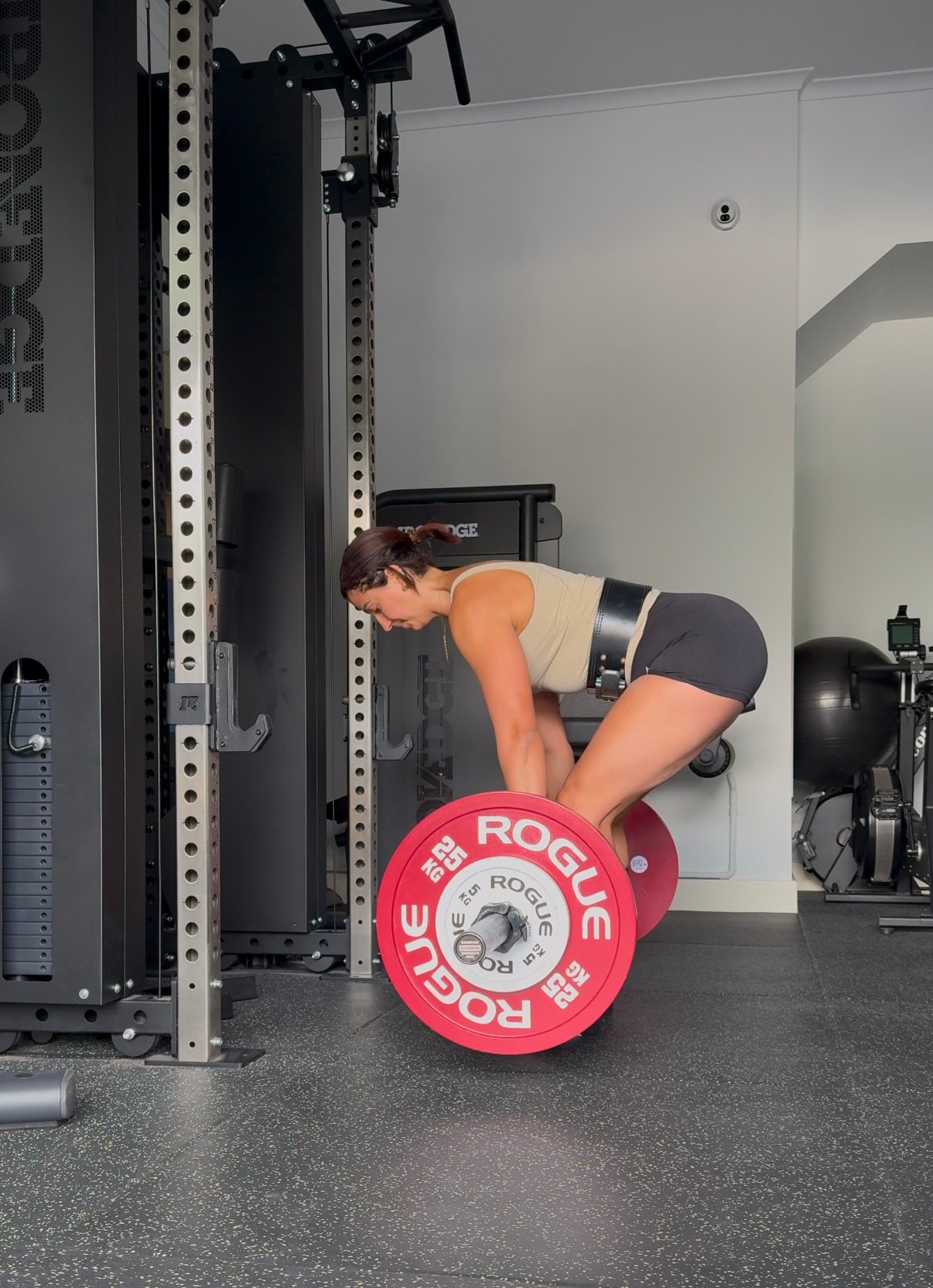Here’s the real deal:
There’s a split in the gym world. You’ve got the “smart” lifters saying training to failure is a big NO—they’ll tell you it leads to form breakdown, risk of injury, and extra fatigue. Then there’s the “Train Hard” crowd who know that pushing to failure can boost mechanical tension, which is key for muscle growth.
So, who’s right? Truth is, both are onto something.
Training to failure can be risky and fatiguing, so it’s smart to leave a few reps in reserve (RIR) to manage fatigue and avoid injury. But here’s the catch: if you’ve never trained to failure, how do you know your limits? Most of us are terrible at estimating how close we are to it, which makes it tough to gauge our actual effort.
Muscle growth happens best when we challenge ourselves close to failure.
So, the answer? Strike a balance. Here’s a simple, effective 4-week model I use:
Week 1 – RPE 7 (3 RIR): Start conservatively. This week is all about laying the foundation and saving energy for progress.
Week 2 – RPE 8 (2 RIR): Add a bit more weight, working closer to your limits but still holding back slightly.
Week 3 – RPE 9 (1 RIR): Now we’re pushing hard. Go heavier, getting as close as possible to failure without quite reaching it.
Week 4 – Deload: Halve the volume and take main lifts closer to failure. This is a chance to test limits while still allowing for recovery before the next phase.
This structure lets you train with intensity, but smartly. Each week builds on the last, and by the fourth week, you’ll be more in tune with your limits.
Everyone’s journey is different, so find what works for you. Balancing intensity with safety is key, and this model will help you become more aware of your limits, push safely, and reach your goals faster.
Master the art of training hard and training smart.


